Lightweight Linux distributions share similar characteristics with their desktop-oriented counterparts. They give us the best of both worlds but with a slightly modified user experience.
They’re easy to install and use but offer just enough customization to cater to the different needs of different users. In this list, we’ll be going over some of the tried and tested champions of the lightweight Linux distro world.
1. AntiX
Antix is a Linux distribution based on Debian, which has been jointly developed by the Linux-Kernel Association (LKA) and the Debian Project.
LKA was founded in 2005 as the result of a merger between the Debian Linux Kernel Team and the Debian UNIX Group. It is comparatively lightweight and suitable for older computers.
While also providing cutting-edge kernel and applications, as well as updates and additions via the apt-get/apt package system and Debian-compatible repositories.
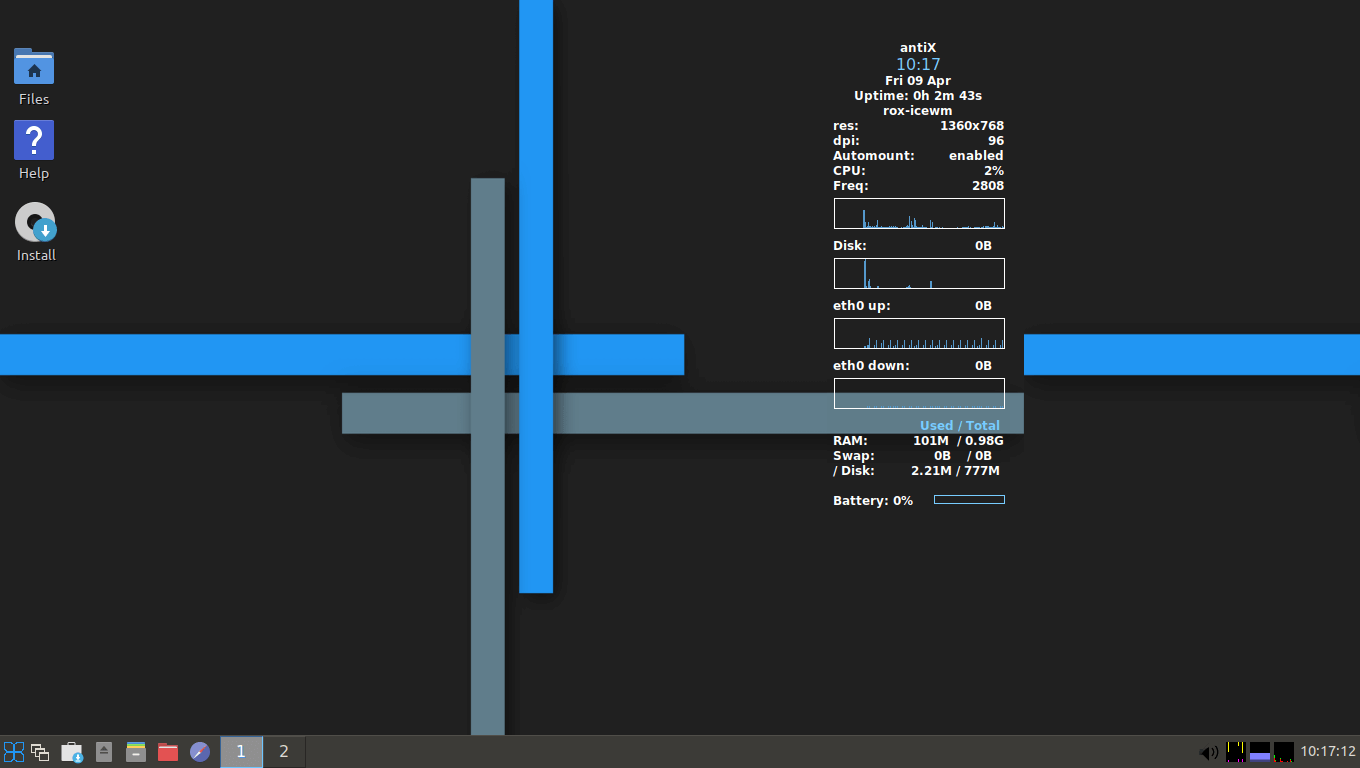
Antix provides a stable base for day-to-day activities with a keen sense of security. It is more than a stable base – it is also well-maintained, with frequent bug fixes and security patches and updates.
The distribution is based on Debian Stable and those of us within the ecosystem can attest to the power of Linux’s stability and generally open-source software and how they greatly benefit this Debian-oriented distribution.
2. Linux Lite
Linux Lite is a rather underlooked option on this list that has the benefit of passionate players that are interested in redefining what it means to be in the business of lightweight distributions.
With a customized XFCE desktop environment, Linux Lite has set out with a prepackaged set of applications that are performant by default due to their inherently lightweight nature.
Once you begin a Linux Lite installation, your screen will be divided into two parts; one for the Xfce desktop environment and the other for the rest of the computer.
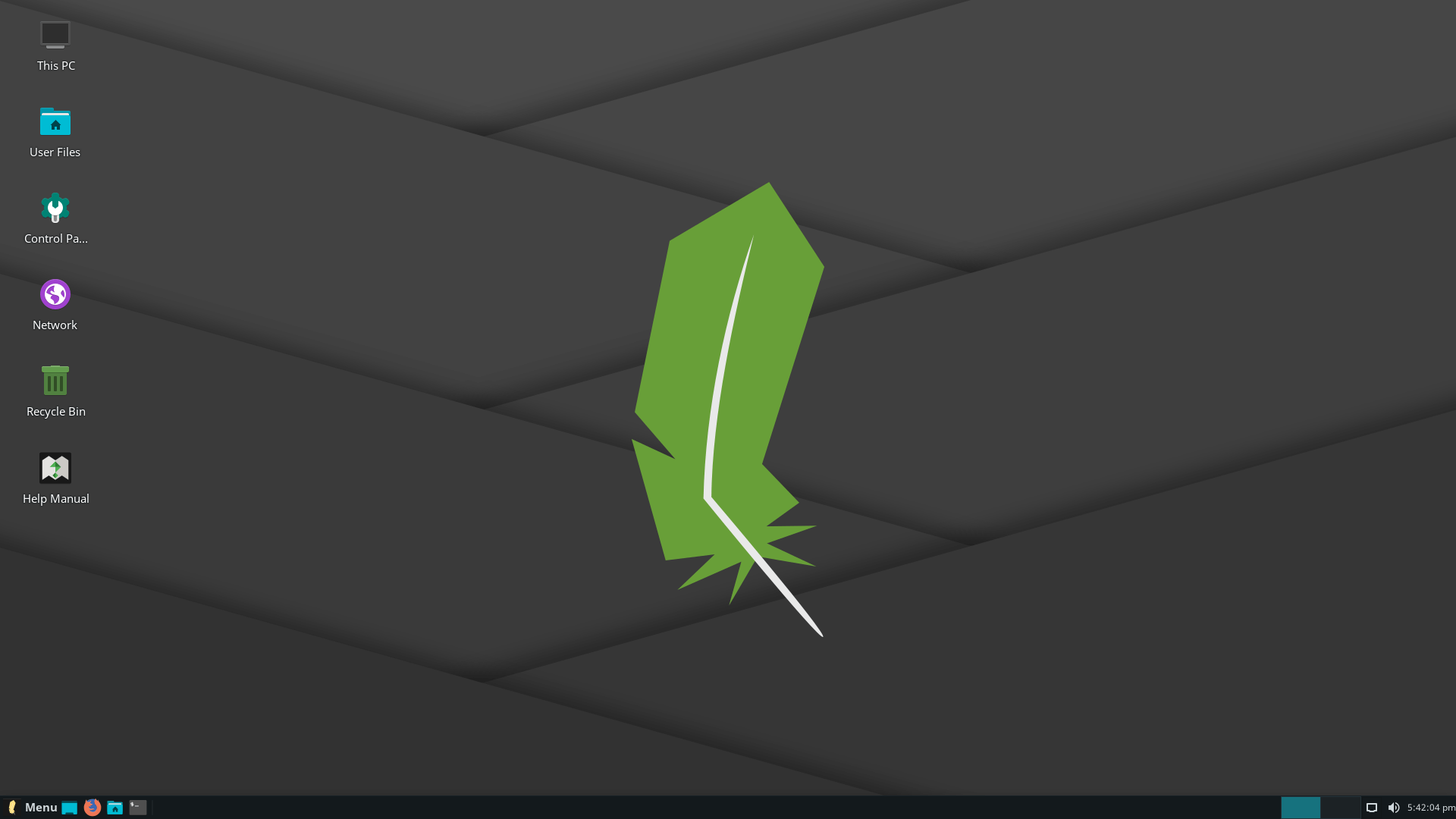
The whole system is designed to not take up too much space while still providing an intuitive user experience. Additionally, it is important to point out that Linux Lite is very beginner-friendly as one of the unique/intricate features of this distribution is its integrated “one-click” installation.
With beginners and enthusiasts in mind, Linux Lite has been designed specifically for easy access with a plug-and-play implementation.
3. SliTaz
Slitaz GNU/Linux is a lightweight distribution especially created for old hardware and for use as a Live CD or Live USB. SliTaz stands for “Simple, Light, Incredible, Temporary Autonomous Zone“.
With such a loaded acronym, it’s hard not to think of a snake slithering as the name SliTaz doesn’t easily roll off the tongue but I guess that’s just me.
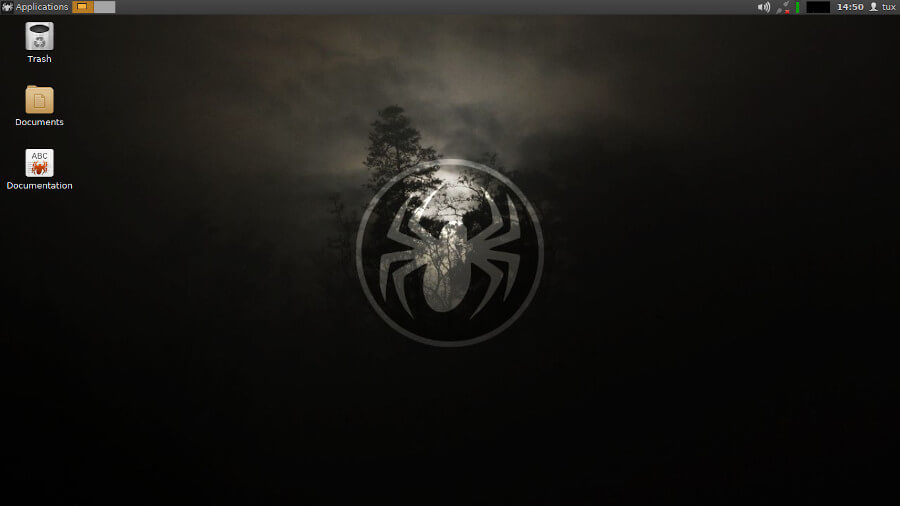
Anyway, as one of the noteworthy options for dated systems, I’m beginning to consider the possibility that there’s more to the whole premise of what is considered lightweight.
There’s a need to feel that anything beyond a certain point like systems from the earliest Intel Pentium era should/should not enjoy some computing prowess, especially with an operating system like Slitaz orchestrating the processes on such a system.
Arguably, however, The Slitaz GNU/Linux distro isn’t really the lightest-weight Linux distro. Rather, It is geared towards more of a “barebones” platform hence the appeal for systems that are not requiring/mandating any hardware sophistication by default.
4. Puppy Linux
Puppy Linux is a set of programs and libraries that can be used to run any Linux operating system. Puppy Linux is a family of Linux distributions that focuses on ease of use and minimal memory footprint.
It is designed with a low system load requirement in mind which makes Puppy Linux user-friendly. At the moment Puppy Linux is one of the most popular Linux distributions with its users.
It’s simple to use and has loads of features. It’s also a lightweight distribution that reduces the system footprint significantly.
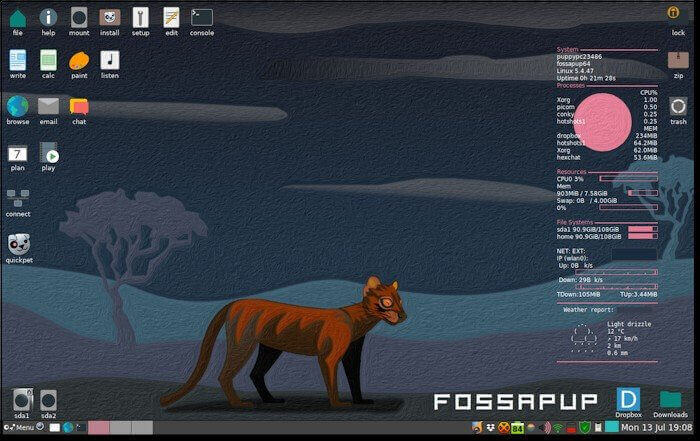
This means it consumes fewer resources and has reduced system load. It also means that it’s smaller in size than the majority of distributions. Going back to the system footprint, it is acclaimed that it can be reduced by as much as 70%. One of the great things about Puppy Linux is that it is very easy to install.
All you need to do is download the distribution and then just click on the “Install” button (it will automatically open a web browser) where you can select which language to install.
Puppy Linux is a distribution of Linux based on the Linux kernel. Puppy Linux is a fork of the SuSE Linux distribution. It is designed to support more hardware than SuSE while retaining its lightweight nature without much fuss.
5. Tiny Core Linux
The Tiny Core Linux project was created to provide a base operating system that doesn’t require any additional software and is based on BusyBox and FLTK.
This is accomplished by using the BusyBox and FLTK tools as well as the minimal tools required to create a minimal Linux environment. This operating system is suitable for users starting out and for those who are new to Linux. The operating system provides a minimal level of software and customization that is not required.
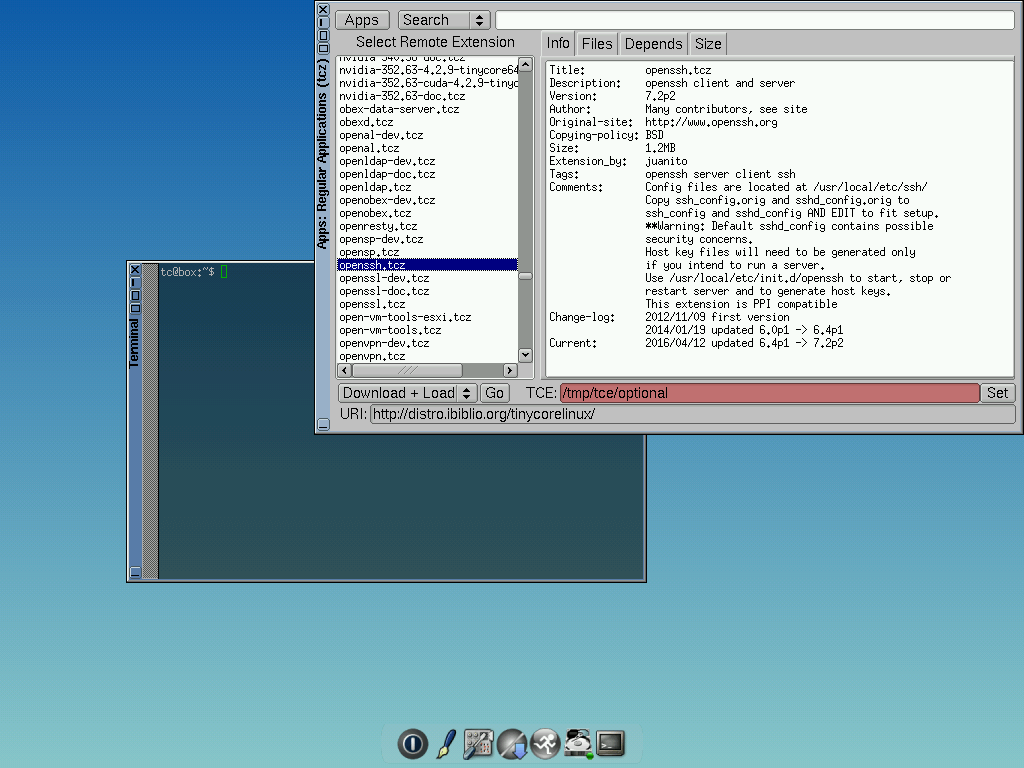
The Tiny Core Linux project focuses on the needs of new users, and as a result, will not yield great results for experts. This is because the operating system doesn’t require any additional software.
The operating system is designed to be minimal and as a result, it is easily portable. You can install and run the operating system on any supported hardware, including mobile devices and other computers.
Tiny Core Linux is not a production-level Linux distribution. The operating system is developed to be minimal and easy to use. It was developed by Robert Shingledecker, one of the authors of The Official Damn Small Linux Book.
6. LXLE Linux
LXLE is a Linux distribution based upon the most recent Ubuntu/Lubuntu LTS release, using the LXDE desktop environment.
LXDE is a lightweight distro, with a focus on visual aesthetics, that works well on both old and new hardware. LXLE comes with many different desktop environments but prefers to identify by that which its name is mostly based LXDE desktop environment.
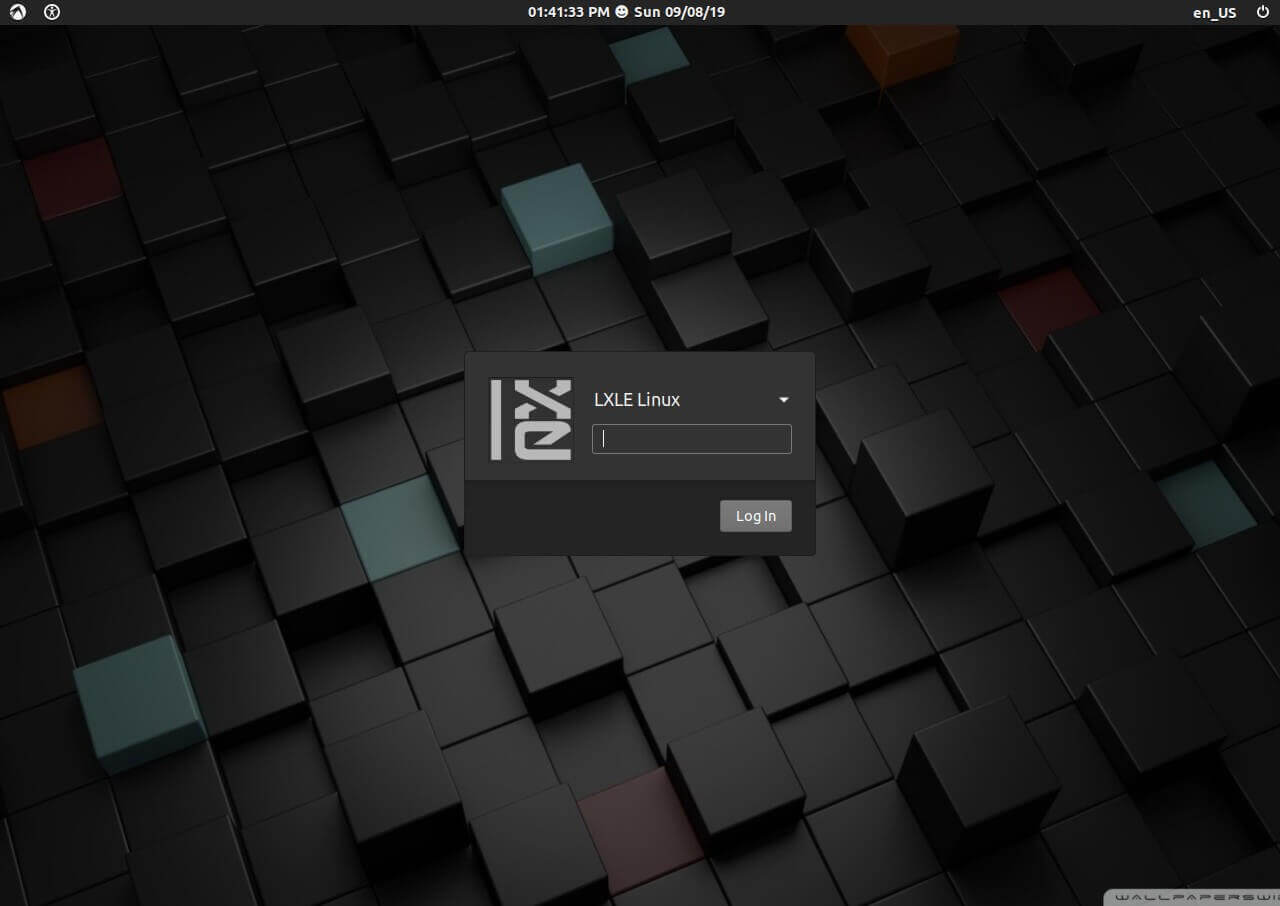
LXDE is a lightweight desktop environment with a focus on visual aesthetics and is supported on both old and new hardware. LXLE supports many different distributions, such as Debian and Ubuntu LTS.
LXLE Linux is available for the main architectures (LXLE 64Bit 18.04.3 and LXLE 32Bit 18.04.3) with the corresponding Ubuntu LTS base, in this case, being 18.04 LTS. using the LXDE desktop environment.
7. Q4OS Linux
Q4OS is a very fast operating system and it is definitely a very friendly one. Although it requires a certain hardware configuration and a certain amount of time to get up and running, it is also quite easy to use. It has many attractive qualities, such as the fact that it is lightweight, fast, and stable.
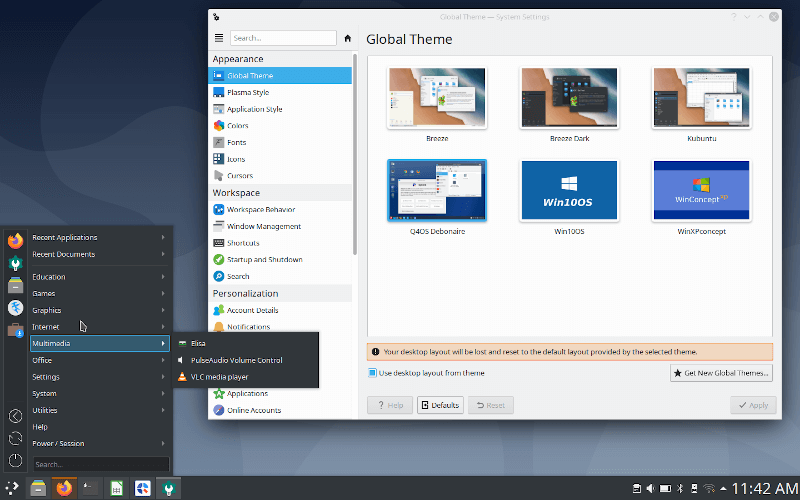
Q4OS Linux is really a great operating system for beginners and for anyone who wants to learn how to use computers. With a Trinity Desktop Environment (TDE), Q4OS is certainly a force to reckon with considering the slim nature that is not always associable with such a desktop considering the norm of LXDE to similar lightweight environments.
The acclaimed relationship with the Trinity Desktop Environment is to further simplify the process of getting Windows users to switch to Linux.
8. Porteus Linux Distro
One of the rather unpopular lightweight distros Porteus is at the forefront of portability at only about 300MB. Porteus Linux is a lightweight port of the Knoppix Linux operating system.
It is actually a “porteus” Linux, unlike other operating systems. As an ultra-small, full-featured system, Porteus really comes in handy when you need to get online fast.
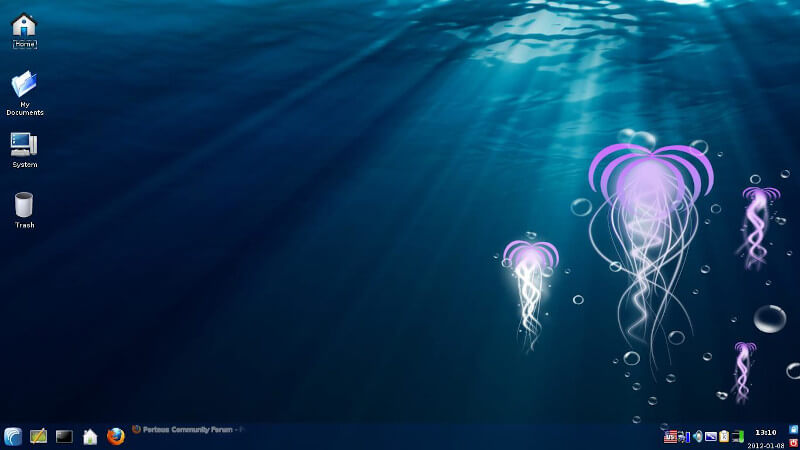
Porteus is based on open-source software such as XFCE, KDE, and the MATE desktop environment but is developed in C++, not bash.
From the looks of it, the Porteus distro isn’t the only lightweight distro but does a good job representing lightweight Linux distros hence the reason why it made this list.
It does have many features but they are not particularly impressive but have managed to make a name for itself with its minimal approach to software.
Conclusion
Finding your favorite Linux distro may not be a walk in the park considering that there are hundreds of them as Distrowatch can attest.
For what it’s worth, the number of distributions compiled in this article is arguably the best and most widely appreciated in the Linux community when it comes to distros that marry a small footprint with a consistent user experience that doesn’t necessarily require a full install to enjoy the majority of the benefits.

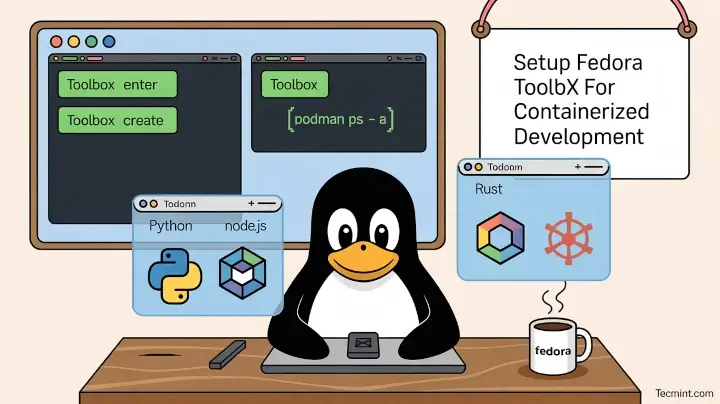
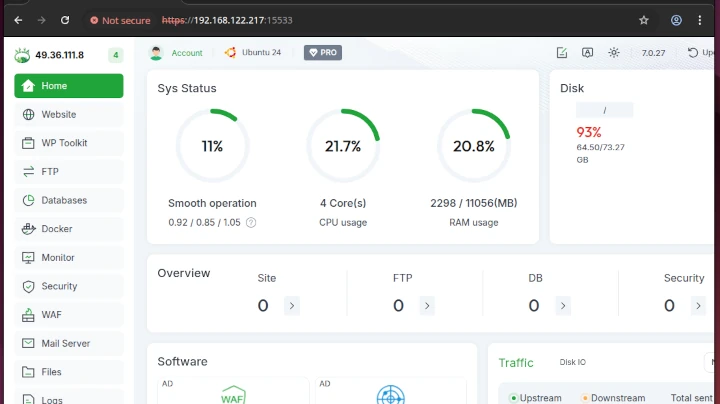
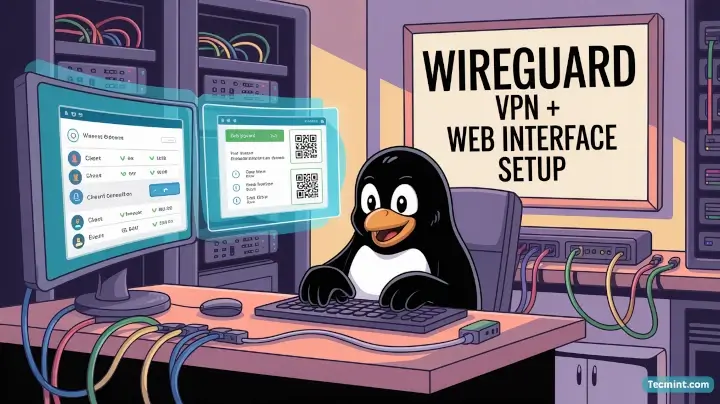

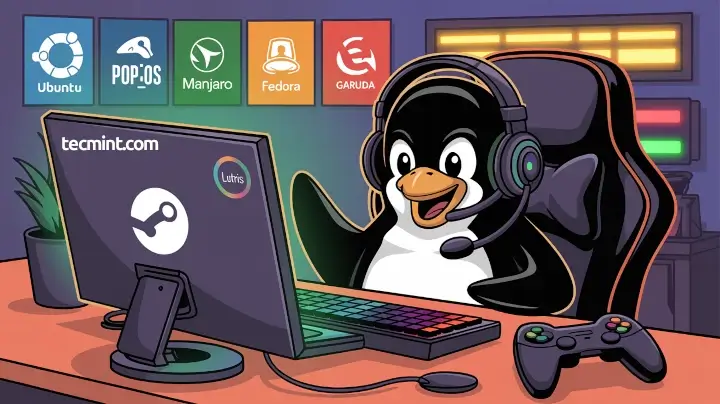
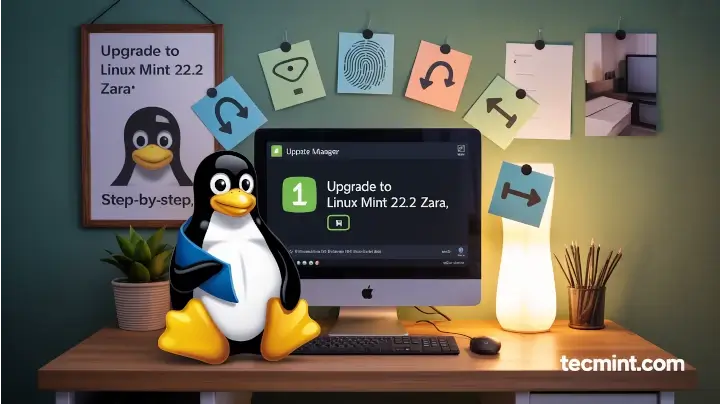
Nice to see a mention of TDE (Trinity Desktop Environment). This is a good fit for my Asus eeePC 701, which is about as old and weak as they come.
I think this kind of article is not useful because we can’t appreciate real differences from one to another distro; all are good, stables, etc.
Personally, I use Xubuntu for many years; it guarantees I easily find programs fully compatible with Windows standards even if some procedures like installing fonts are longer than under Windows.
In a 20-year-old supermarket cash computer with 1 GB ram, I use Puppy just because recognizes Vesa graphic card, that Xubuntu or lubuntu couldn’t do the freezing installation. Nice, light but sometimes hard and I prefer to let it as it is. I use that pc only for emule, listen to music in the living room and backup center.
Tech writers, pundits and sundry other commentators glibly write about “what’s best for older computers” without ever defining the beast. Is it a 386 or is it a PC that is older than 1 year? Or something in between?
In my 20+ years of distro hopping, I found that most of the light weight distros recommended for “older computers” get that way by having features and functionality removed. I run full blown distros on all my PCs, old and new. Granted, I don’t get head snapping speeds on all of the PCs, bu then, I don’t get a head snapping speed on my latest build.
BTW – “Best” is an ambiguous term, boiling down to what the author prefers. There are too many variables to consider.
I already used different Linux versions, which would you prefer?
@Daniel,
It all depends on the requirements of your hardware, I use Linux Lite on my older 2GB RAM PC which runs smoothly without any issues..
Thanks for the article. I am using Linux Mint. It’s Lightweight enough but I wanted to try something even lighter. I have 12 yr old laptop (3 GB RAM, core 2 duo). I wanted to know, is it possible to know whether some specific applications do not work on these distros?
For example, “Free Download Manager” does not work on Linux Mint.